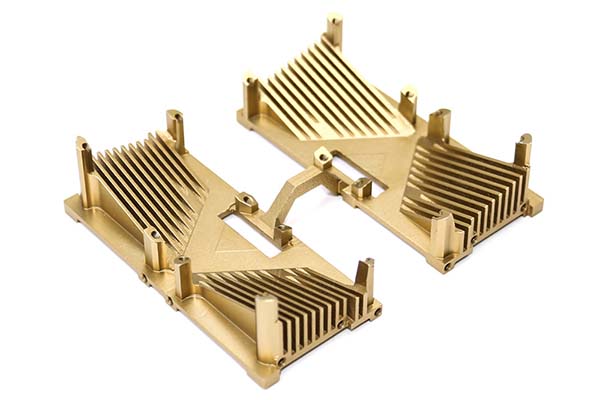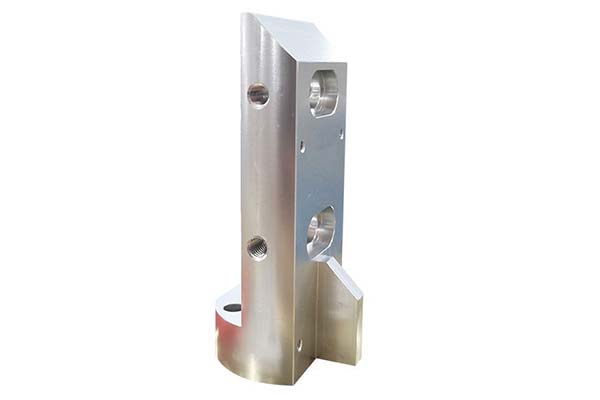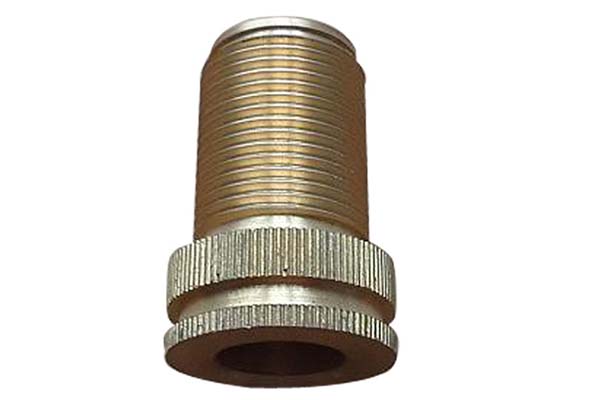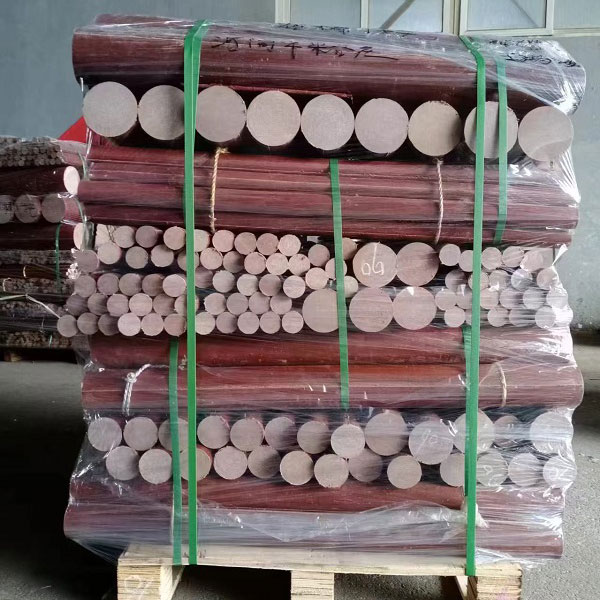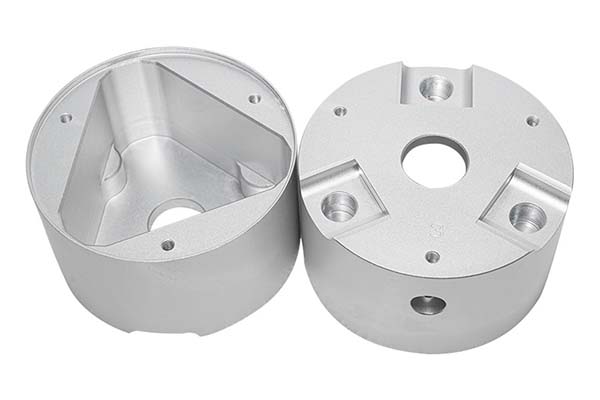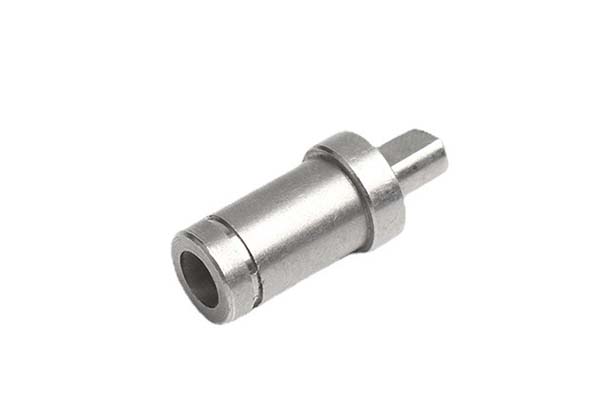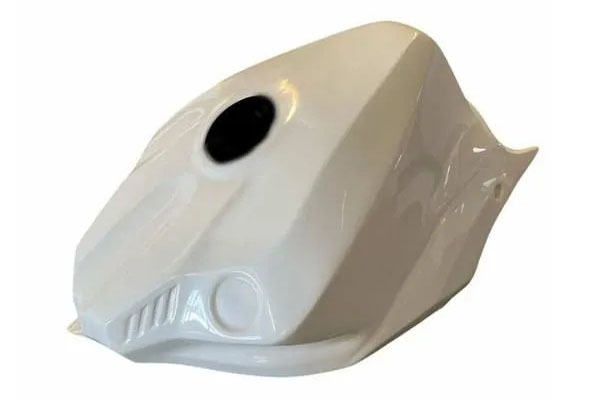CNC machining C28000, commonly known as Muntz Metal, comes with its own set of challenges that can test even experienced manufacturers. Its high zinc content and duplex structure make it prone to stringy chips, built-up edges, and tool wear, while its limited cold-formability adds another layer of complexity. Whether for marine cladding or architectural trim, achieving precision and corrosion resistance is crucial. This article addresses these pain points, offering in-depth insights into material properties, machining parameters, tooling, and post-processing to help you master CNC machining of C28000.
Alloy Overview & Marine-Grade Properties
Understanding the unique characteristics of C28000 is fundamental to successful machining.
Composition and Structure
C28000 Muntz Metal composition is a well-known 60/40 copper-zinc blend, often called 60/40 Cu-Zn brass. It has a duplex α+β structure, which gives it a balance of strength and formability, though with distinct machining behaviors compared to single-phase brasses.
Key Properties
- 330–610 MPa UTS and 150–370 MPa yield strength: This wide range allows it to handle varying levels of stress in different applications.
- 60–100 HB hardness: Its hardness contributes to its durability but also makes machining more demanding.
- Density 8.39 g·cm⁻³: Slightly lighter than some other brasses, which can affect workholding and handling.
- Corrosion resistance seawater: Excellent for marine environments, though it forms a protective patina formation over time, enhancing its resistance further.
- Hot-formability excellent, cold-formability limited: This makes it ideal for hot working processes but requires careful handling in cold machining to avoid cracking.
CNC Machining Parameters & Techniques
Optimizing parameters is key to overcoming C28000’s machining challenges.
Speed, Feed, and Machinability
- Cutting speed C28000: Typically ranges from 120–220 m/min for turning operations. This is slower than C36000 due to its harder nature.
- Feed rate Muntz Metal: A low-speed high-feed strategy is effective, with feed rates around 0.1–0.25 mm/rev. This helps in breaking chips and reducing tool wear.
- 45% machinability vs C360: While better than some marine brasses, it still requires more attention to parameters than the highly machinable C36000.
Chip Control and Coolant
Chip control stringy brass is a significant issue with C28000. The material’s ductility leads to long, stringy chips that can clog the machine. Using proper chip breakers and adjusting feed rates can mitigate this. When it comes to coolant, flood coolant vs mist often leans toward flood coolant, as it provides better heat dissipation and chip flushing, aiding in built-up edge prevention.
Tool Life and Micro-Milling
Tool life optimization is essential, as C28000 can cause faster wear. For intricate work like micro-milling thin-wall components, maintaining consistent parameters and using sharp tools are critical to avoid distortion and tool failure.
Tooling, Edge Geometry & Coatings
Selecting the right tools and their features is vital for efficient C28000 machining.
Inserts and Endmills
- Sharp carbide inserts C28000: Sharp edges are necessary to cut through the material cleanly, reducing friction and heat buildup.
- High-positive rake polished flutes: These reduce cutting forces, minimizing tool wear and improving chip flow.
- Variable-helix endmills Muntz Metal: These disrupt chip formation, preventing long strings and improving chip evacuation.
Coatings and Toolholders
- TiCN coating anti-gumming: This coating resists material adhesion, a common problem with C28000, keeping tools cleaner and extending their life.
- Micro-grain carbide micro-tools: Ideal for precision work, as they maintain sharpness longer, ensuring accurate micro-machining.
- Toolholder balance high RPM and runout < 0.005 mm: These factors are crucial for high-speed machining, reducing vibration and ensuring a smooth surface finish.
Surface Finish & Post-Processing
Achieving a high-quality surface finish and proper post-processing enhance C28000’s performance and appearance.
Surface Finish
Ra 0.2 µm turning C28000 is achievable with sharp tools and optimized parameters. For applications requiring a high-end look, a mirror polish Muntz Metal can be achieved through careful polishing with fine abrasives.
Deburring and Cleaning
Deburring stringy chips requires specialized tools, such as rotary brushes or ultrasonic deburring systems. Ultrasonic cleaning brass effectively removes machining residues, preparing the surface for post-processing.
Post-Processing Treatments
- Passivation tarnish protection: This helps in preventing tarnishing, maintaining the material’s appearance over time.
- Oxide removal citric acid: A gentle and effective method to remove oxide layers, ensuring a clean surface for further treatments.
- Bright-dip finish: This gives the material a shiny, reflective surface, ideal for decorative applications.
Workholding & Distortion Control
Preventing distortion is crucial, especially for thin or complex C28000 components.
Workholding Methods
- Soft-jaw chucking C28000: Custom soft jaws distribute clamping force evenly, avoiding damage and distortion.
- Vacuum fixture thin plate: For thin sheets, vacuum fixtures provide uniform holding without applying excessive pressure.
- Low clamp pressure: C28000’s limited cold-formability means excessive pressure can cause deformation, so using the minimum necessary pressure is key.
Accuracy and Thermal Considerations
- Thermal expansion 20 µm·m⁻¹·K⁻¹: Accounting for thermal expansion is important, as temperature changes during machining can affect dimensional accuracy.
- 5-axis tombstone setup and zero-point pallet accuracy: These ensure precise positioning and repeatability, critical for complex parts.
- Spring-back compensation: Necessary when forming or machining, as C28000 can exhibit spring-back, requiring adjustments to achieve the desired dimensions.
Applications & Industry Examples
C28000’s unique properties make it suitable for a range of applications.
- C28000 marine cladding CNC: Its corrosion resistance and durability make it ideal for protecting marine structures.
- Condenser tubesheets Muntz Metal: Used in heat exchangers due to its thermal properties and corrosion resistance.
- Architectural elevator trim: Its attractive appearance and formability make it a popular choice for decorative architectural elements.
- Ship hull sheathing retrofit: Provides long-lasting protection against seawater corrosion.
- Decorative signage panels: The ability to achieve a high surface finish makes it suitable for visible signage.
- Heat-exchanger baffles case study: Demonstrates its effectiveness in heat transfer applications, withstanding the demands of continuous use.
Yigu Technology's Perspective
As a parts custom manufacturing supplier, Yigu Technology has extensive experience in CNC machining C28000 (Muntz Metal). We understand its unique properties and machining challenges, from optimizing parameters for chip control to selecting the right tooling for surface finish. Our advanced equipment and skilled team ensure precision and quality, whether for marine components or architectural trim. We also offer comprehensive post-processing services to enhance corrosion resistance and appearance. Trust Yigu Technology for reliable, high-quality C28000 machining solutions.
FAQ
- Why is C28000 suitable for marine applications?
C28000 offers excellent seawater corrosion resistance, and its duplex structure provides the necessary strength to withstand marine environments. Its patina formation further enhances corrosion resistance over time. - How does C28000's machinability compare to C36000?
C28000 has a machinability rating of 45% compared to C36000's 100%, meaning it's harder to machine. It requires slower speeds, higher feeds, and sharper tools to achieve good results. - What's the best way to prevent distortion when machining thin-wall C28000 components?
Use low clamp pressure with soft-jaw chucking or vacuum fixtures to distribute force evenly. Additionally, account for thermal expansion and use spring-back compensation in machining parameters to minimize distortion.
